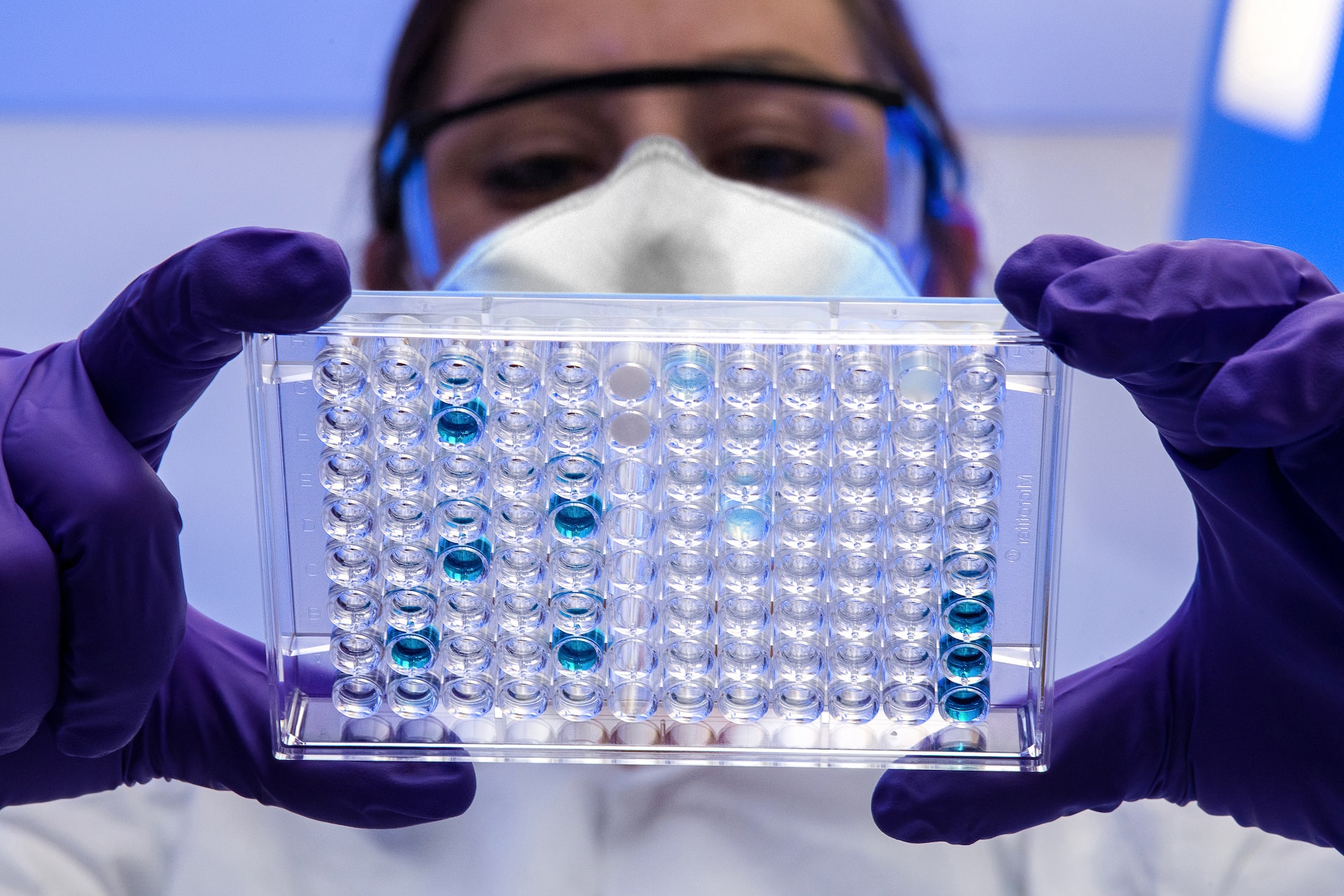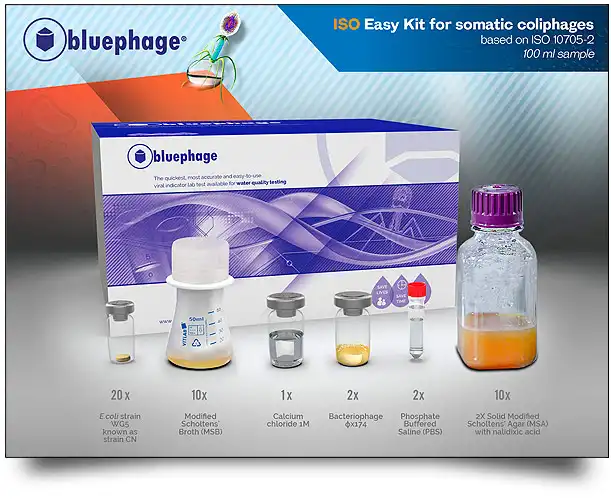BLOG | Bluephage
What are the public health risks of human exposure to water contaminated with viruses?

Wastewater testing has become a standard practice in countries around the world in recent decades and will be mandatory to implement proper water recycling to adapt to the consequences of climate change and, thus, the freshwater crisis.
In a world with enormous challenges to meet the growing demand for clean water due to freshwater scarcity and population growth, comprehensive and regular monitoring of domestic waste in wastewater and reclaimed water inputs for pathogenic viruses can inform public health responses.
Surveillance of wastewater and reclaimed water involves collecting pooled samples from sewage systems, in the first case, and samples after disinfection systems, in the second case, to periodically monitor treated wastewater for viruses before discharge into the environment and, in the case of reclaimed water, for agriculture use.
Among the wide range of parameters to monitor in wastewater to assess health and well-being, one of the most promising indicator are viruses. Enteric viruses are one of the microbial contaminants responsible for the sporadic outbreak of waterborne diseases worldwide, and are common pathogens that could be found in environmental water bodies contaminated with raw or partially treated wastewater discharges.
At Bluephage, we develop technology to detect coliphage, non-pathogenic viruses that infect bacteria, that alert of the presence of other pathogenic viruses, among which are found:
- Adenoviruses – Many adenoviruses are shed in large numbers, with more than 1011 particles per gram of feces, urine, or respiratory excretions.
- Rotavirus – Rotavirus infection has been linked to an estimated 258 million cases of diarrhea in children under five years of age worldwide.
- Enterovirus – Millions of people worldwide have been infected with enteroviruses, which have caused irregular outbreaks of disease in both advanced and developing nations.
- Noroviruses – Transmission of noroviruses occurs primarily by the fecal-oral route. It is transmitted by ingesting contaminated water or by direct contact with infected persons and on environmental surfaces.
- Astroviruses – Human astroviruses (HAVs) are the third most common cause of gastroenteritis.
- Hepatitis A virus – Hepatitis A virus is found in the feces and urine of sick individuals, through which it contaminates soil and water.
- Hepatitis E virus – This virus is considered zoonotic, as pigs and other animals, such as rabbits, serve as a reservoir for human infections.
- Aichivirus – This is one of the main organisms causing gastroenteritis in humans and is transmitted by the fecal-oral route from contaminated food or water.

Another transmission route of enteric viruses is food products contaminated with irrigation water. They can be transmitted through food, such as shellfish grown in contaminated water, agricultural products irrigated with sewage, open defecation, and untreated contaminated surface water.
Wastewater goes through a series of treatment processes, such as oxidation ponds, coagulation, activated sludge, chlorination, and ozonation, until water quality is achieved. However, only 50-90% of waterborne viruses can be removed through the various treatment processes, thus releasing a significantly high viral load into the environment to which humans are exposed, with consequent public health diseases.
Considering the presence of these viruses in water bodies, it is necessary to monitor treated wastewater carefully before discharge. High viral concentration in wastewater or sludge from treatment plants can be detected and quantified using a very small sample volume that could be less than 1 ml of wastewater.



Thank you very much for sharing, I learned a lot from your article. Very cool. Thanks. nimabi